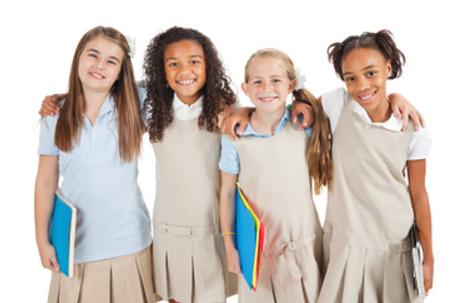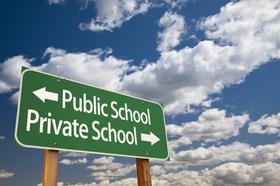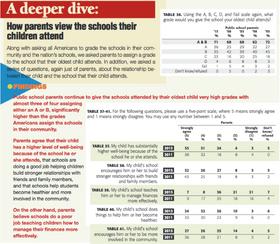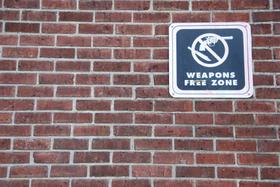Several years ago, the word “sexting” was not part of American vernacular. Unfortunately, in the past year, the word has become a part of our society, permeating news articles as a description of a disturbing trend: teenagers sending sexually explicit photos of themselves and other teens using their cell phones.
The Unfortunate Consequences of Sexting
The trend became the focus of increased attention after a high school student’s suicide in July 2008 was attributed to sexting. Jessica Logan, a senior at an Ohio high school, had sent nude photos of herself to a boyfriend.
After the relationship ended, her ex-boyfriend sent the photos to other female students at Logan’s school, which resulted in months of harassment and teasing for Logan. Logan reported, according to MSNBC, that the other girls called her a "slut" and a "whore," and that the teasing was so disruptive that she began to skip school. Logan hung herself one month after her high school graduation.
Logan’s parents recently filed suit against the high school and several other defendants, alleging that the school and the local police did not do enough to protect their daughter from being bullied and harassed, reports the Cincinnati Enquirer.
According to a recent study commissioned by the National Campaign to Prevent Teen and Unplanned Pregnancy and CosmoGirl.com, “20 percent of teenagers have taken nude or semi-nude pictures or videos of themselves and sent them to someone or posted them online,” reports the New York Times blog Gadgetwise. Most of these photos are sent to either a boyfriend or girlfriend or to someone with whom the student hopes to have a relationship.
How Public Schools Are Responding to Sexting
Public school officials across the country are taking steps to raise student and parent awareness about the problems associated with sexting. The Pennsylvania-based Herald-Mail reports that one school district has decided to conduct a series of seminars on sexting for parents and students at the district’s high schools, middle schools, and even elementary schools.
The Herald-Mail quotes Chambersburg Area Senior High School Assistant Principal Brian Hostetler, who explained that “students don’t realize that sexting is not just wrong but illegal.” The seminars, which started off with a televised program that was broadcast into classrooms before the winter 2009 holiday break, will highlight the potential legal and emotional ramifications of sexting.
In October 2009, the American Association of School Administrators addressed the issue of sexting in an article that called sexting “a new challenge for parents and educators.” The article advises that schools develop “serious, comprehensive Internet safety education for youth,” modeled on such public-awareness campaigns as Think Before You Post, a project of the National Center for Missing and Exploited Children, the Ad Council, and the U.S. Department of Justice that aims to educate teenagers on safe and responsible use of digital technologies.
What Parents Can Do
In a recent report on the sexting problem, U.S. News and World Report offers several action steps that parents can take to help protect their children from being hurt by sexting. Parents who wish to prevent the types of hurt feelings, embarrassment, legal action, and tragedy that sexting can create should consider the following steps:
- Teach students that there is no such thing as complete privacy in the age of the Internet. Remind your children that any photo that they send or give someone can become public, even if they originally sent the photo in a private e-mail or text message. Encourage students to avoid sending any photos that they would feel uncomfortable being widely distributed.
- Use your cell phone plan to protect your kids. Cell phone service providers offer parents the option of choosing to block their children’s phones from receiving any images.
- Tell students to delete any explicit pictures that others may send them. Tell students about the terrible consequences that have arisen from teenagers forwarding naked pictures that they were originally sent by girlfriends or boyfriends. Sending other people’s explicit photographs is considered pornography, and sending photographs that depict nudity in someone under 18 can be considered distributing child pornography.
- Be frank and open with students about the problems that can arise with social media use. Adolescents are often more impulsive and less rational than adults, and with the fierce social pressures that exist in a typical high school, the combination can result in acts of cruelty. Cell phones and social networking sites such as Facebook or Myspace are unfortunately used by teenagers for purposes of harassing or tormenting their peers. Encourage your teenager to visit the website ThatsNotCool.com, which features videos and advice for teenagers about how to deal with online harassment, pressure to send naked pictures, and excessive text messaging, among other issues.
With the continued popularity of smart phones and social networking, sexting will not be a word that will fade away from our vernacular in the near future. However, by taking proactive steps in educating your children about the dangers of sexting, you can prevent them from becoming victims.



































